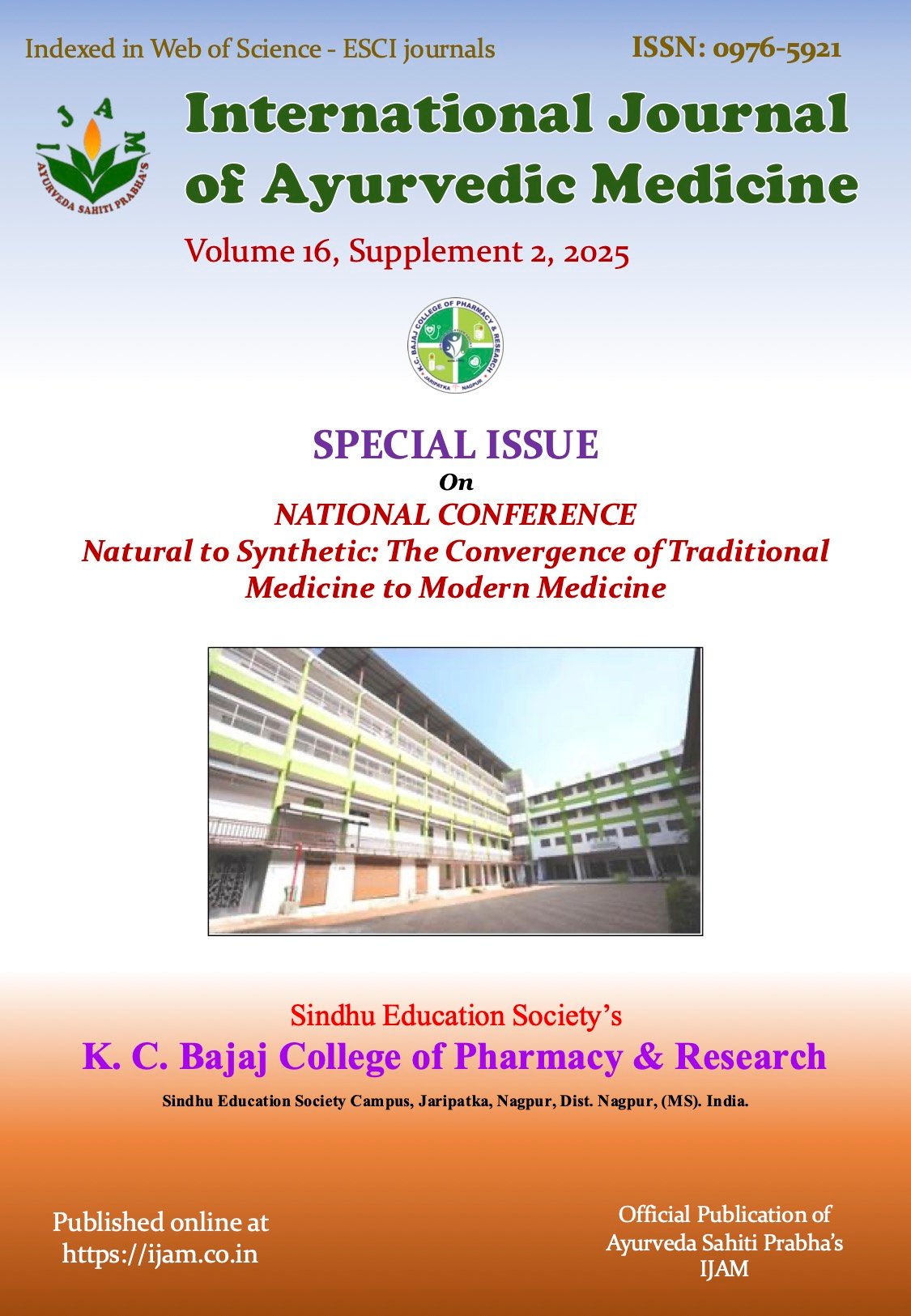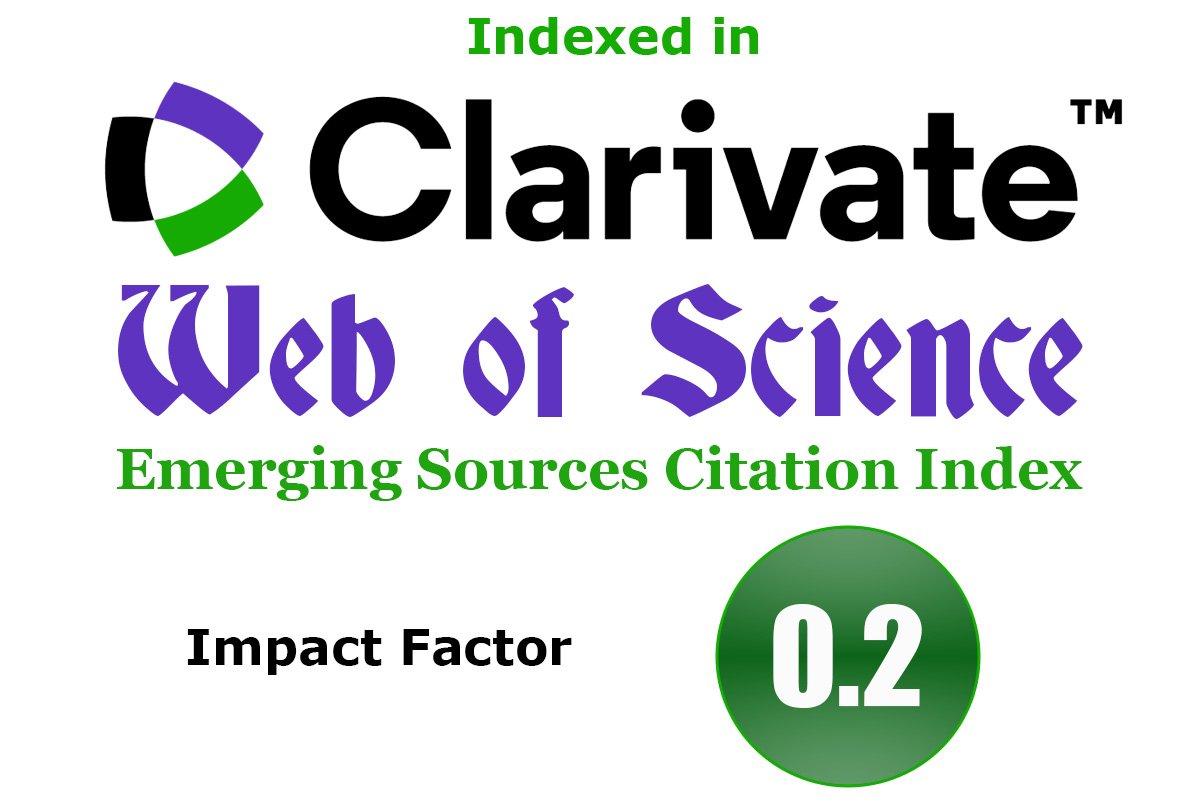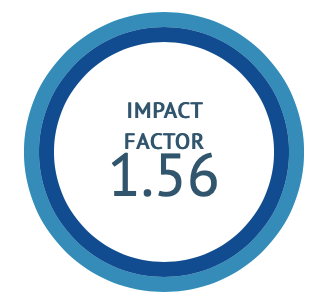Phytochemical Profile, in vitro Antioxidant Potential and HPTLC Fingerprinting of Acalypha indica Linn. Leaves
DOI:
https://doi.org/10.47552/ijam.v16iS2.6165Keywords:
HPTLC, Standardization, Antioxidant, Acalypha indica L.Abstract
The present study aims to standardize and evaluate bioactive profiling of Acalypha indica L. leaves through pharmacognostic parameters, phytochemical screening and High-Performance Thin Layer Chromatography (HPTLC) analysis. Comprehensive standardization was carried out using physicochemical constants, including moisture content, total ash, acid-insoluble ash, and extractive values, by pharmacopoeial guidelines. Macroscopic and Microscopic analyses confirmed key diagnostic features of leaves for identification and quality control profiling. Preliminary phytochemical screening of the ethanolic extract revealed the presence of bioactive constituents such as flavonoids, alkaloids, tannins, glycosides, and phenolic compounds. Antioxidant activity was assessed using in vitro assays including DPPH, ABTS, Superoxide, Hydroxyl radical, Nitric Oxide scavenging, and CUPRAC methods. The extract exhibited significant free radical scavenging potential, particularly in the CUPRAC and Superoxide assays. HPTLC analysis showed the best separation of bands at different retention factors (Rf) when using a solvent system of Toluene: Ethyl acetate: Glacial acetic acid in the ratio of (7:2:1 v/v/v). The quantitative estimation revealed that 10 mg of the ethanolic extract of Acalypha. indica L. contained 13.90 µg of kaempferol.
Downloads
Published
How to Cite
Issue
Section
License
Copyright (c) 2025 International Journal of Ayurvedic Medicine

This work is licensed under a Creative Commons Attribution-NonCommercial-ShareAlike 4.0 International License.
The author hereby transfers, assigns, or conveys all copyright ownership to the International Journal of Ayurvedic Medicine (IJAM). By this transfer, the article becomes the property of the IJAM and may not be published elsewhere without written permission from the IJAM.
This transfer of copyright also implies transfer of rights for printed, electronic, microfilm, and facsimile publication. No royalty or other monetary compensation will be received for transferring the copyright of the article to the IJAM.
The IJAM, in turn, grants each author the right to republish the article in any book for which he or she is the author or editor, without paying royalties to the IJAM, subject to the express conditions that (a) the author notify IJAM in advance in writing of this republication and (b) a credit line attributes the original publication to IJAM.





